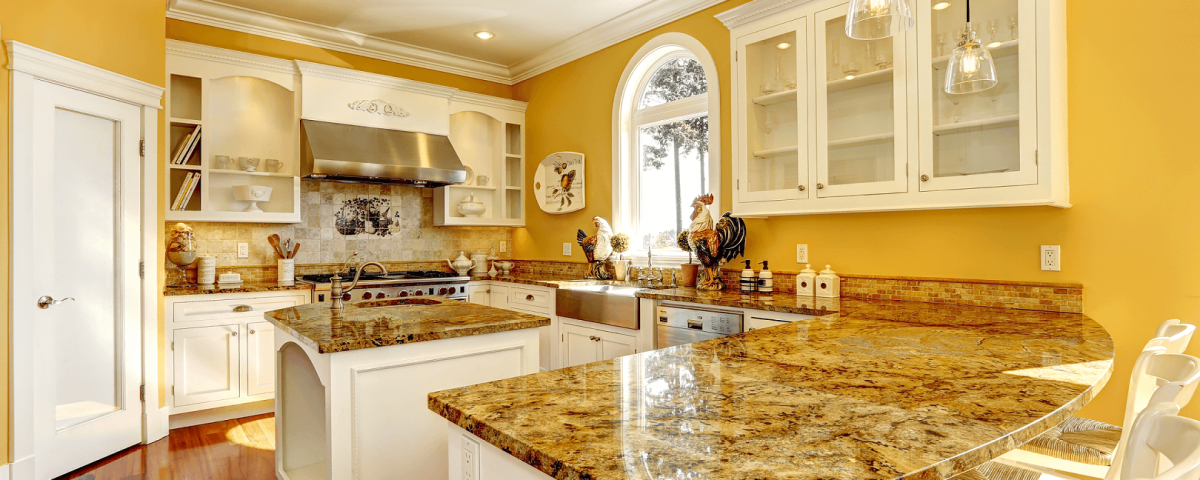What Type of Rock is Granite?

The Difference Between Granite and Quartz
March 5, 2020You might be familiar with granite countertops, granite monuments and granite floor tiles, but what is granite? You may remember learning in school at some point that the types of natural stone are igneous, metamorphic and sedimentary. Granite is the first kind, formed from lava or magma when it cools and becomes a solid substance. Because this cooling process is very slow, granite is both dense and strong.
The Composition of Granite
Among the minerals that make up granite are feldspar, mica and quartz. If a stone does not have at least 20% quartz in it, petrologists, who study stone composition, do not consider it to be granite. Some black stones that are labeled granite are actually a different substance known as gabbro because they do not have enough quartz. In fact, it is common in the commercial world for some other types of rock, including gneiss and basalt, to be labeled as “granite.” The reason for this is simply that the term is less rigidly defined in commercial sales than in the scientific world. These stones are all part of the granite family, and they all make for quality products.
The Appearance and Color of Granite
The Latin word granum, which means grain, gives us the word granite and refers to the appearance of grains of crystals in granite. When granite is undergoing the slow cooling process, these crystals grow. They are in part responsible for the attractive appearance of granite. Smaller crystals make for granite that is darker while larger crystals result in lighter-colored granite.
The composition of granite also determines the color. For example, pink stone usually has a large amount of the mineral potassium feldspar. Feldspar will give it an off-white color. Granite with black in it might contain biotite or amphibole. Respectively, they may also turn stone dark brown or green. High levels of quartz usually means a stone is milky white. A yellow or gold slab of granite probably has a lot of the mineral muscovite. These minerals may combine in granite to produce other colors or combinations of colors. Granite is particularly known for the veins and flecks that run through it and the unique appearance of every slab.
Other Granite Features
Granite is characterized by several other features. A porous stone, granite often needs to be sealed when it is used for countertops although darker-colored granite, with its smaller crystals, may be able to go unsealed. Larger crystals might be more vulnerable to chipping, but granite overall is very durable. It generally cannot be scratched and must be cut with a special tool. Thanks in part to its origins as magma or lava, it is heat resistant.
Many people love granite features in their home because it is a natural material, but granite is much more than that. It is an ancient stone with origins in prehistory, and its beauty is forged deep with the earth over millennia.


